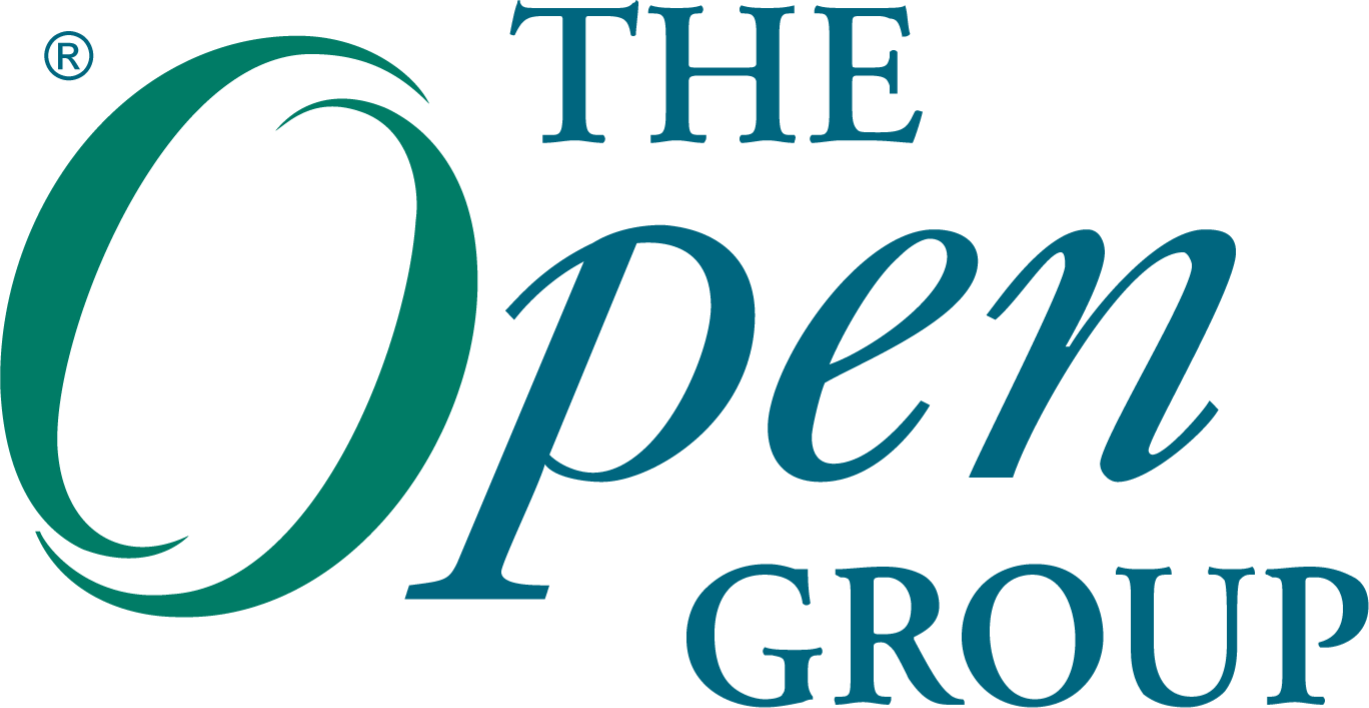![]() Adriaan Vorster
Adriaan Vorster
Following a successful career in Electrical Engineering Research, Adriaan Vorster moved into the ICT field, where, for 23 years, he has been involved in business systems analysis, design, development and implementation.
Through his involvement with Graphic Mining Solutions International (currently MineRP), Adriaan worked with most of the gold, platinum, manganese and iron miners in South Africa on the development and implementation of Master Systems Plans. During the latter part of 1999 he developed the first value chain-based mining architecture for the Mineral Resource Management division of AngloGold. This work formed the basis for The Open Group EMMM Business Process Reference Model for Exploration and Mining.
From 2003 to 2011, Adriaan was Chief Information Officer at the University of Johannesburg and was subsequently Chief Information Officer of the Mvelaserve Group. In both positions, he was responsible for the entire ICT domain, ranging from the implementation of world-class data centres through networking and basic services to information provision and business intelligence. He also led the implementation of an ERP system in the midst of a merger, meeting the functionality targets on time and within the set budget.
Adriaan is TOGAF® 9 certified and holds B.Eng (1989) and M.Eng (1991) degrees in Electrical and Electronic Engineering from the Rand Afrikaans University, as well as a postgraduate Certificate in Data Resource Management (2000) from the University of Washington, Seattle.
Adriaan presents TOGAF® 9 Level 1 & 2, and Digital Practitioners Foundation training for Real IRM and, being a lifelong student, he maintains knowledge currency by attending courses from the Coursera organisation.
